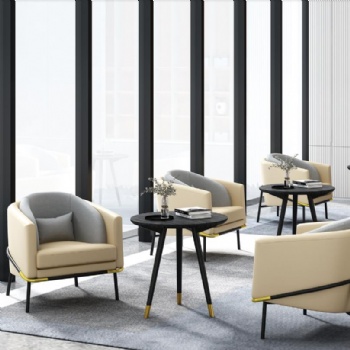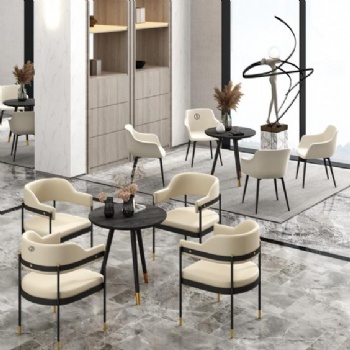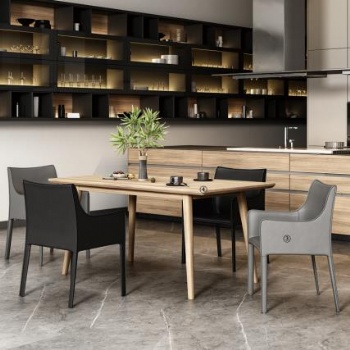News
TIPS FOR PURSHASING CHILDRENS BED
1. Check the appearance of the children's bed. Check whether the edges and protruding parts of each exposed part are chamfered, have burrs and cutting edges, whether the fence board can be locked once when it is lifted, whether the casters have locking devices, and whether the locking devices are effective. For products with an adjustable bed surface, check the adjustment method and whether tools must be used to adjust the height.
2. Check the bed surface, side panels, headboard and slats of the children's bed. For cribs with exposed or accessible holes, especially prefabricated holes for height adjustment, try to choose products with seals to prevent baby fingers from getting stuck. The highest position of the bed surface should be at least 300mm from the edge of the bed. For a baby bed that is suitable for sitting up, the lowest position of the bed surface should be at least 600mm from the edge of the bed to prevent the baby from accidentally falling.
3. Check the various gaps and spacing of the children's bed to prevent the baby's hands, arms and legs from getting stuck. The various slats used should also be chosen with larger width and thickness to prevent breakage during use and cause harm to the baby.
Categories
Contact Us
- 0086 139 23119482
- info@etengfurniture.com
- +86-13923119482



